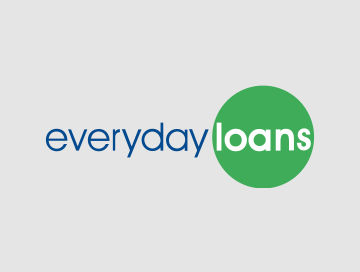When considering a loan, one of the most crucial factors to understand is the Annual Percentage Rate (APR). This rate represents the total cost of borrowing money for a year, including interest and any additional fees or charges. APR is a valuable metric that allows borrowers to compare and evaluate the true cost of different loan offers effectively.
In this article, we will delve into the concept of APR, its significance, and the various types you may encounter when applying for a loan.
What is APR?
APR stands for Annual Percentage Rate, and it is a standardised rate used to express the total cost of borrowing money over a one-year period. It encompasses not only the interest rate but also any additional fees or charges associated with the loan, such as origination fees, administrative costs, or compulsory insurance premiums.
By providing a single percentage rate, APR allows borrowers to easily compare the overall cost of different loan options, even if they have varying interest rates, fees, or repayment periods. This transparency empowers consumers to make informed decisions and choose the most cost-effective option for their financial situation.
Lenders are legally required to disclose the APR for any loan offer, ensuring that borrowers have a clear understanding of the total cost before committing to the agreement.
Fixed vs. Variable APR
APR can be classified into two main categories: fixed and variable.
Fixed APR: With a fixed APR, the interest rate and any associated fees remain constant throughout the entire loan term. This means that your monthly repayments will be the same each month, providing predictability and stability in your budgeting.
Variable APR: In contrast, a variable APR can fluctuate over time, typically based on changes in a benchmark interest rate, such as the Bank of England's base rate. As a result, your monthly repayments may increase or decrease depending on the APR adjustments.
It's important to note that when evaluating loan offers, the APR provided is typically based on certain assumptions, such as your creditworthiness, loan amount, and repayment period. Your actual APR may vary from the advertised rate, as lenders perform individual assessments based on your specific circumstances.
Representative APR
When lenders advertise their loan products, they often display a "representative APR." This rate represents the APR that a minimum of 51% of successful applicants will receive. It serves as a benchmark for consumers to gauge the potential cost of borrowing, although your individual APR may differ.
Personal APR
Your personal APR is the actual rate you will be offered based on the lender's evaluation of your creditworthiness, income, and other factors. This rate is unique to you and takes into account your specific financial circumstances. Lenders typically provide your personal APR after you have submitted a loan application and undergone their assessment process.
It's important to note that applying for multiple loans within a short period can potentially impact your credit score, as lenders may perform hard credit checks, which leave a record on your credit report. At Everyday Loans, we use a soft search technology that does not affect your credit rating during the initial application process.
Understanding APR is crucial when evaluating loan options, as it allows you to accurately compare the true cost of borrowing and make an informed decision that aligns with your financial goals and capabilities.
By considering factors such as fixed or variable rates, representative APRs, and your personal circumstances, you can ensure that you choose a loan product that best suits your needs while minimising the overall cost of borrowing.
For more information on these terms, please see our dedicated Glossary of Terms page here




